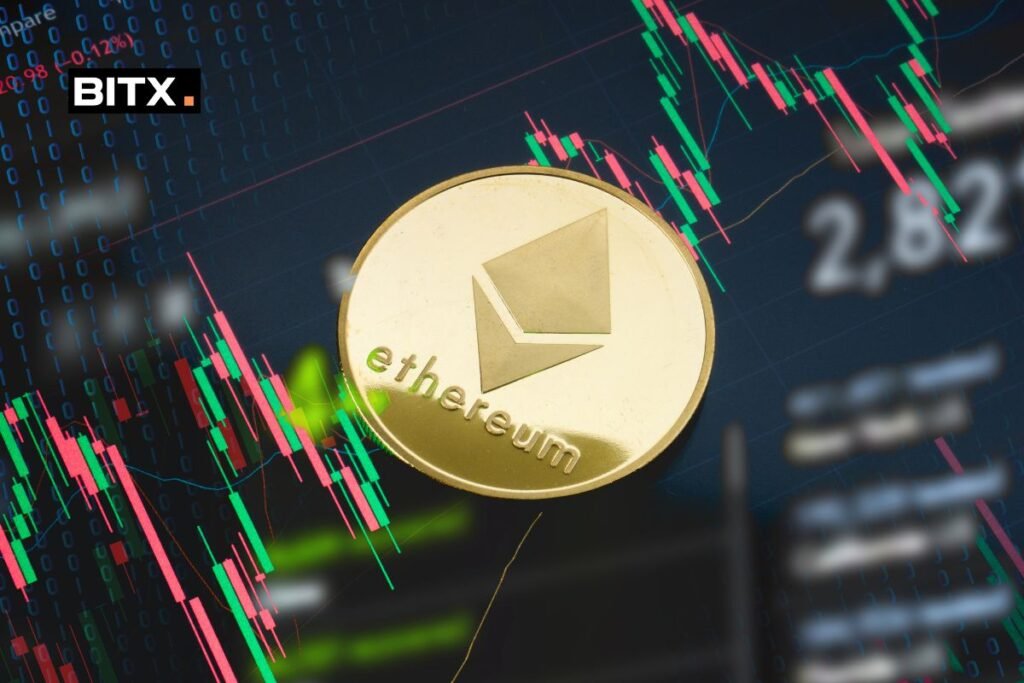Introduction
In the ever-evolving world of cryptocurrency, Ethereum has undoubtedly emerged as a significant player. As of 2022, Ethereum ranks second only to Bitcoin in terms of market capitalization. For those interested in dipping their toes into the Ethereum mining pool, this guide aims to provide a comprehensive introduction to getting started with Ethereum mining.
Understanding Ethereum Mining
What is Ethereum Mining?
Ethereum mining is the process of validating transactions and creating new blocks on the Ethereum blockchain, which requires significant computational power. In return for their efforts, miners are rewarded with Ether (ETH), Ethereum’s native cryptocurrency.
Why Mine Ethereum?
Mining Ethereum can be a lucrative endeavor for those with the necessary hardware, knowledge, and patience. Aside from the potential financial reward, mining Ethereum also allows individuals to contribute to the decentralization of the Ethereum network.
vor requirements
Hardware Requirements
Ethereum mining requires a powerful graphics processing unit (GPU) or application-specific integrated circuit (ASIC) capable of handling the complex calculations required for mining. While CPUs can be used for mining, they are less efficient and generally not cost-effective.
Software Requirements
There are several software options available for Ethereum mining, including the popular Ethminer and Claymore’s Dual Miner. Researching and choosing the best software for your mining setup is essential for maximizing efficiency and minimizing potential issues.
Setting Up Your Mining Rig
Choosing the right hardware
When selecting hardware for your mining rig, consider factors such as cost, performance, power consumption, and availability. GPUs such as the NVIDIA GeForce GTX 1060 and AMD Radeon RX 580 are popular choices for Ethereum miners due to their relatively low cost and high performance.
Assembling your rig
Assemble your mining rig by installing the GPU(s) into the appropriate slots on your motherboard, connecting power cables, and configuring any necessary cooling systems to prevent overheating.
Connecting to the Internet
Ensure that your mining rig is connected to a stable internet connection to minimize downtime and maximize profitability.
Setting Up the Software
Installing the necessary software
Follow the installation guidelines provided by the chosen mining software to ensure a smooth setup process. This typically involves downloading the software, extracting the files, and running the executable.
Configuring the software
Configure the software settings according to your specific hardware setup and mining goals. This may include adjusting the mining pool, hash rate, and energy consumption settings.
Connecting to a Mining Pool
Understanding Mining Pools
Mining pools allow miners to combine their computational power to increase their chances of solving blocks and receiving mining rewards. By joining a mining pool, you can enjoy more consistent payouts and reduce the equipment investment required to mine Ethereum profitably.
Choosing a Mining Pool
Research different Ethereum mining pools and choose one that suits your needs in terms of size, reliability, and fees. Some popular mining pools include Ethermine, Sparkpool, and F2Pool.
Monitoring Your Mining Setup
Monitoring your hashrate
Monitor your mining rig’s hashrate to ensure it is performing optimally. A low hashrate may indicate a hardware or software issue that requires troubleshooting.
Monitoring your profits
Keep track of your mining profits by monitoring the value of Ether, mining pool payouts, and electricity costs. This information will help you make informed decisions about optimizing your mining setup for maximum profitability.
Conclusion
Ethereum mining can be a financially rewarding and intellectually stimulating endeavor for those with the necessary resources and knowledge. By carefully researching and setting up your mining rig, joining a mining pool, and monitoring your setup, you can successfully participate in the Ethereum mining community and contribute to the decentralization of the Ethereum network.
